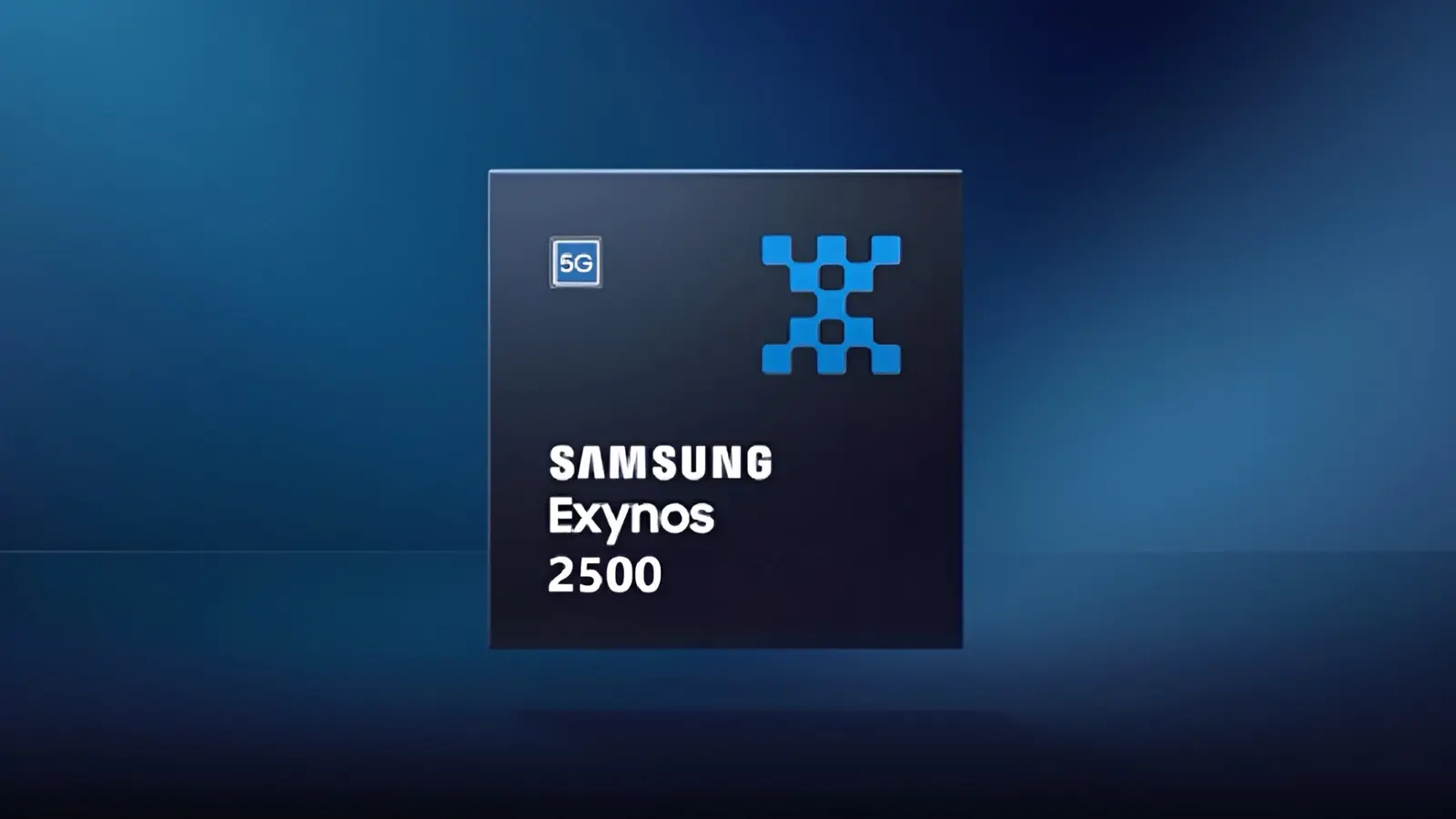3 Minutes
Samsung has struck a deal with Nota AI that could meaningfully speed up on-device artificial intelligence on phones and other gadgets running the Exynos 2500. Instead of offloading heavy AI tasks to the cloud, optimized models can run locally, cutting latency and improving privacy.
Nota AI brings model compression and an optimization toolchain
Under the new agreement, Nota AI will supply model compression and optimization tech that integrates with Samsung's Exynos AI Studio. The goal is to make advanced generative and inference models run smoothly on the Exynos 2500 without relying on remote servers.
Nota AI CEO Myungsu Chae described the collaboration as building 'a tightly integrated framework where AI hardware and software converge to deliver high-performance generative AI at the edge.' In practice, that means smaller, more efficient model files and runtime tweaks that better match the chip's architecture.
What the Exynos 2500 brings to the table
- 10-core CPU with a Cortex-X925 prime core at 3.30GHz
- 2x Cortex-A725 cores at 2.74GHz and 5x Cortex-A725 cores at 2.36GHz
- 2x Cortex-A520 efficiency cores at 1.80GHz
- Samsung Xclipse 950 GPU based on AMD RDNA
- Dedicated NPU rated at 59 TOPS
- Support for LPDDR5X at 76.8 Gb/s
Those specs are solid, but raw TOPS don't tell the whole story. Qualcomm's Snapdragon 8 Elite Gen 5 reportedly reaches around 100 TOPS on its Hexagon NPU, so Samsung is using software optimizations to get more out of Exynos hardware where it counts: real-world applications.
Why optimization matters more than peak numbers
Think of Nota AI's tools as a tune-up for neural networks: pruning, quantization, and runtime scheduling that reduce compute and memory overhead. That allows the Exynos 2500's 59 TOPS NPU to handle larger or more complex models than it otherwise could, while conserving power.
What users should expect
- Faster response times for on-device AI features and generative tasks
- Lower latency and improved privacy since fewer requests need to go to the cloud
- Better battery efficiency when running local AI workloads
Ultimately, the partnership is about squeezing practical performance from the Exynos 2500 through smarter software. For consumers that could translate into smoother on-device assistants, quicker image and voice processing, and less reliance on cloud services for everyday AI features.
Source: wccftech


Leave a Comment